18 Reasons Why Your Ecommerce Products Aren't Ranking
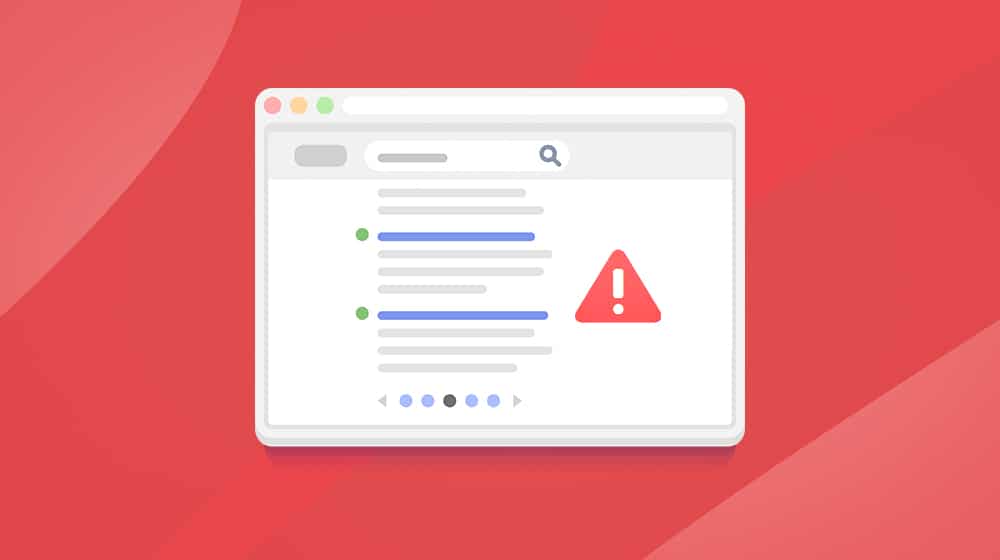
There are more online stores now than ever before. The barrier to entry is exceedingly low; you can set up a Shopify store and a dropshipping contract in a matter of a few hours and have a fully-functional storefront ready to go in under a day if you know what you're doing.
The trouble is, there are only so many people searching for products in your niche, so you need to fight with everyone else selling the same kinds of things. Competition is fierce, so you need to battle with Google to get the site rankings you need to succeed.
So, what's going on if your product pages rank poorly? What possible issues might you be facing that you can solve?
Here are 18 reasons why your products aren't ranking and some SEO best practices to help you correct your course.
1. Your Product Descriptions Aren't Unique
One of the most common problems with eCommerce businesses is that people want to take shortcuts. One of the primary shortcuts is copying product descriptions, specs, and other information from the manufacturer. If you're not selling unique products you developed yourself, you may be tempted to copy the description and item information from the person who makes the item you're selling.
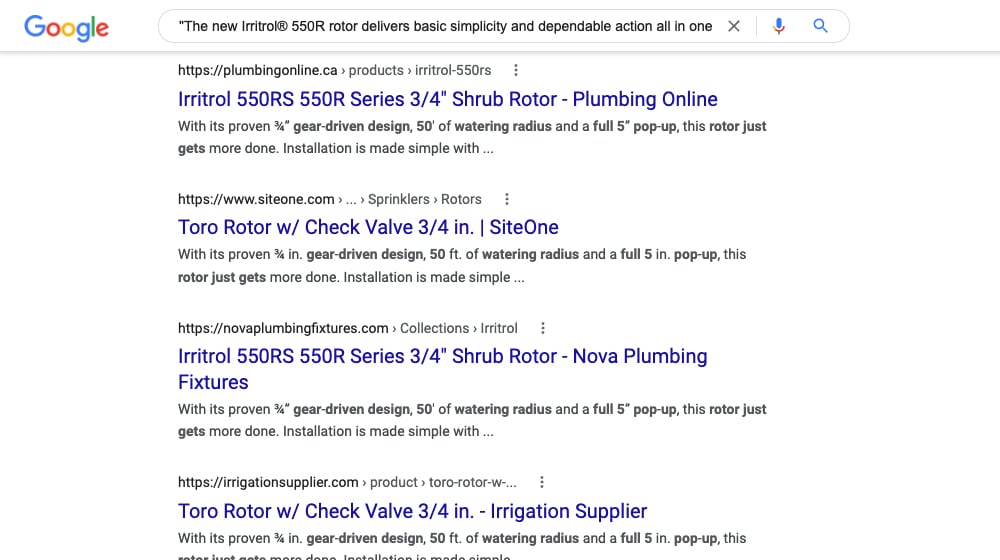
The issue here is duplicate content. Google sees two (or realistically, dozens of) retailers that sell the same item with the same description. They'll prioritize the original manufacturer, then the oldest and most prominent eCommerce websites, and work their way down the chain until they get to you.
Google prefers varied search results over multiple "choices" that are all the same, so if you hire a copywriter to create unique product descriptions, you'll be much better off.
2. Your Product Descriptions are Thin
"Thin" content is content that isn't very long or valuable. Some people try to "spin" a product description – take the manufacturer description and alter words with synonyms – and it doesn't work. Ideally, you want a longer and more robust product description. The general recommendation is about 150-160 words of description for each product.
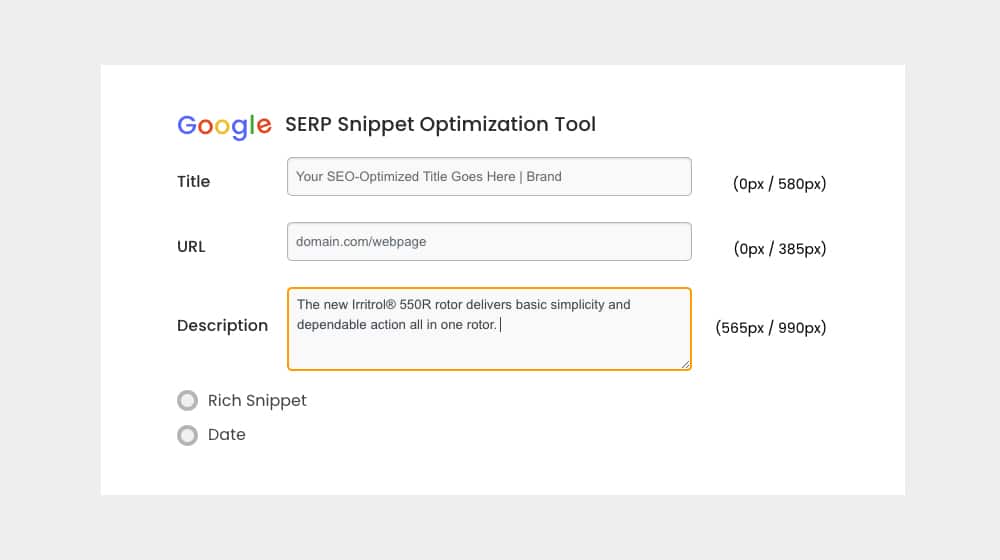
I think it's better to shoot for something like 300-500, though I know that can be difficult without going goofy with it (telling a narrative about a bolt or something) or being too redundant or off-topic—still, the more helpful and high-quality content on the page, the better.
3. Your Product Descriptions are Missing
I've seen a few storefronts try to get along without writing product descriptions at all, hoping that a product name and image are enough to get picked up somehow. Maybe a decade or two ago, that would have been true, but these days?
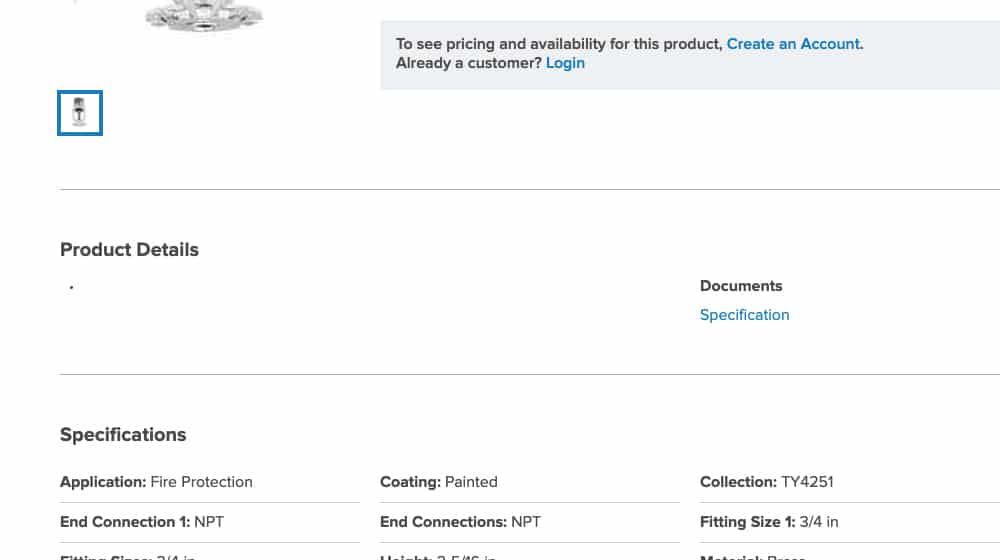
If you aren't willing to put in even the barest minimum effort, you might as well close your store now and save yourself the trouble.
4. You Don't Have a Blog
Modern marketing all but requires a blog, and Google runs almost entirely on two things: analysis of content marketing and mapping backlinks. Everything else, all those hundreds of search engine optimization ranking factors, are just ways to refine and adjust those two core aspects of ranking.
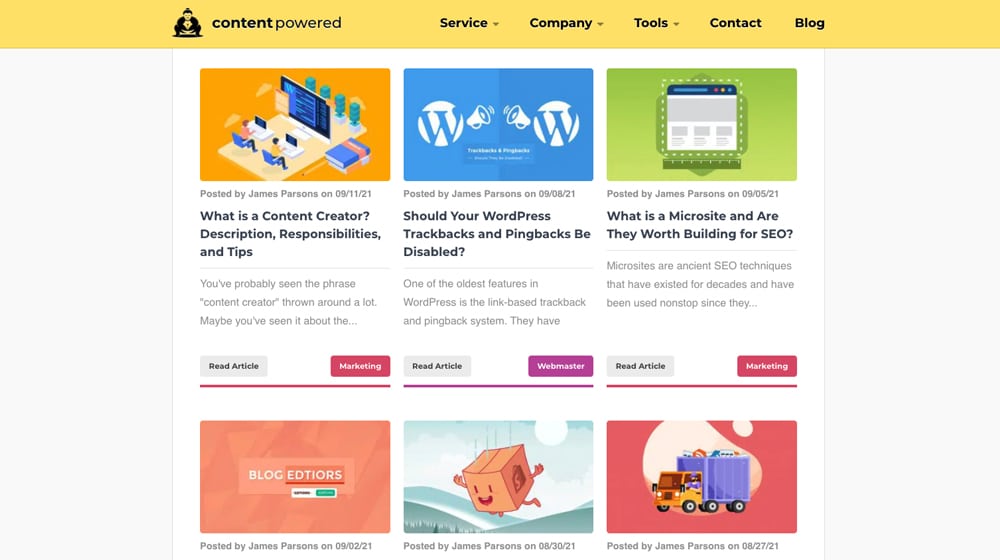
That means a good, modern eCommerce site needs a blog. You need to write deep and insightful content about your niche and industry, so people will be more likely to trust you and thus more likely to buy. And, of course, so you have thousands more words worth of content to add keywords to so Google will find you and relate you to your products.
5. You're Missing Internal Links
Internal links aren't SEO-important in that a bunch of internal links pointing at a page isn't going to make it rank better on its own. It would be best if you had link juice coming in externally before you can funnel it around.
Internal links are important for two other reasons. First, they help ensure a map of pathways between web pages on your site that Google can follow to ensure they've indexed everything. Second, they help attract and keep your visitors around, circulating through your content so they can read more, build more trust, and eventually buy.
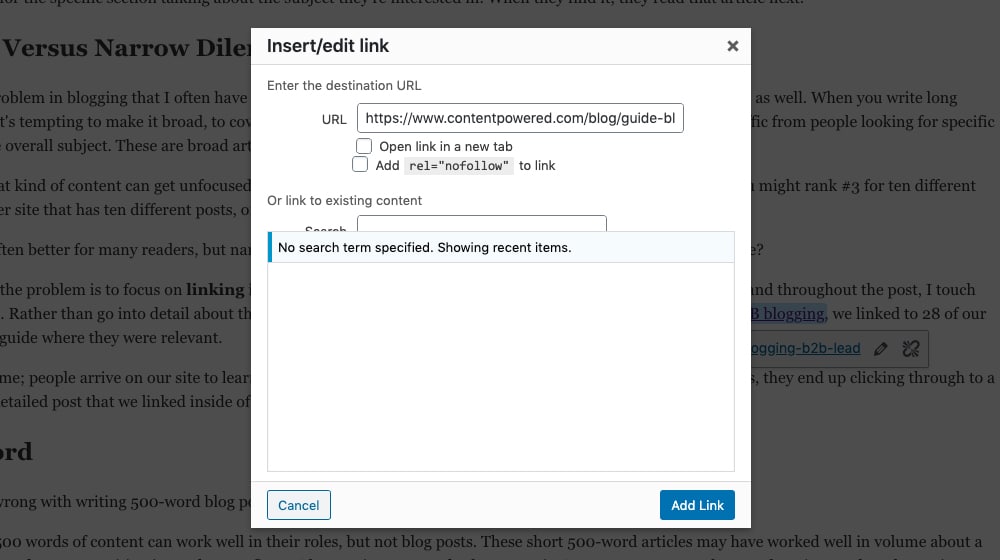
This marketing strategy isn't just for blog posts; "related products" links on eCommerce product pages can also help a ton.
6. You Aren't Soliciting Product Reviews
There's a reason every big eCommerce store, from Amazon on down, has a section for product reviews. Reviews do three things. First, they allow users to rate your products, which helps sell them to other people if the rating is high. Second, they build trust in your site. Most people would instead buy from a store that has reviews than one that doesn't.

Third, they add hundreds or thousands of words to their content, often including valuable keywords about the product, to every page. Get more reviews!
7. Every Product Has a Page
A common mistake I often see in stores is that every product is given a unique product page. That's not inherently a bad thing, but it is when you have a lot of very similar products. For example, if you sell umbrellas, you can have one page with one umbrella model and drop-downs for different colors and patterns. That way, all of your options, descriptions, reviews, and specifications are aggregated on one product category page rather than spread out.

Altogether, it helps you boost up specific pages rather than thin out the value across dozens of segments.
8. You're Not Using Q&A Sections
An FAQ is one of the best resources you have for boosting the amount of content and value on a given product page. Amazon does this exceptionally well; they allow any user to ask a question, and then the manufacturer, seller, or any verified purchaser can leave an answer.
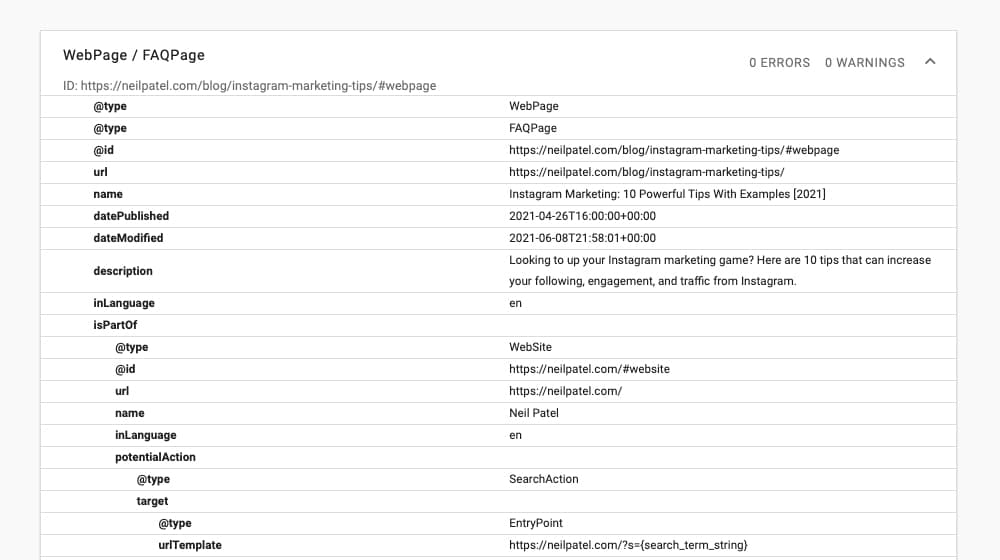
The best solutions float to the top. Now, you don't need to make a complete user-integrated process for frequent questions, but you should add common questions and their answers to the page as they're asked.
9. Your Site is Slow
Page speed is an essential factor for a modern SEO strategy. Unfortunately, eCommerce pages tend to be slow since their systems are generally bulkier, loading more code and images than most websites.
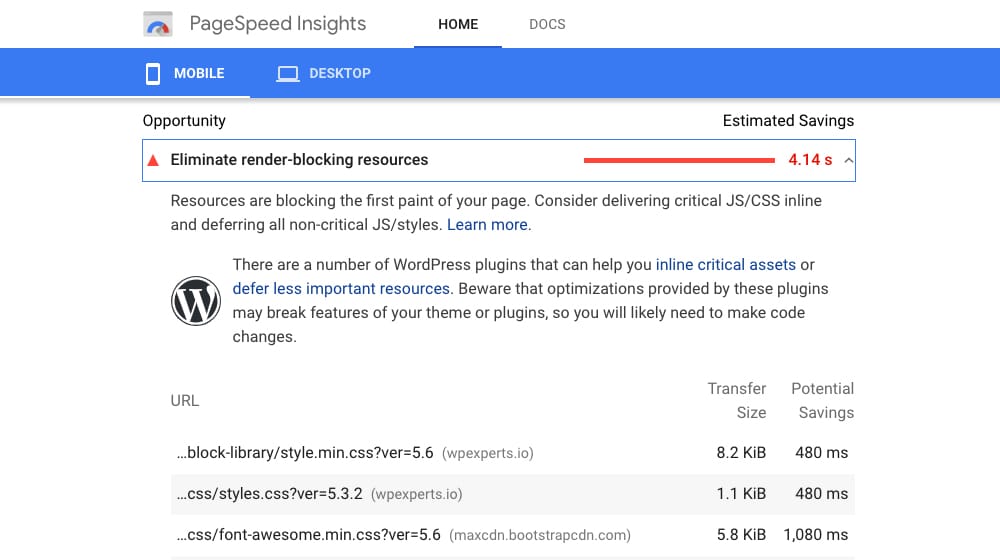
Try:
- Caching your pages, so they generate static instead of requiring render time.
- Smush your product images so that they're smaller and faster to load.
- Use a modern image format like Webp for smaller file sizes.
- Use a Content Delivery Network to ensure faster loading of media like images.
- Upgrade site infrastructure, including your WordPress framework, your eCommerce platform, your PHP version, or your web hosting itself.
- Use a faster social media sharing plugin to minimize unnecessary assets.
There's a ton of stuff you can do to improve page speed, load times, and your Core Web Vitals score so that you can squeeze out a lot of value from those optimizations. A slow website can make a drastic difference in your search rankings.
10. You're Not Using Meta Data
Metadata can be vital and is specifically essential in two places: your meta title/description and your image meta tags.
The meta title tags and meta descriptions are most visible to users who see your search results and thus need to be optimized and have keywords in them. Consider putting the item front and center, so users know what they'll see when they click.
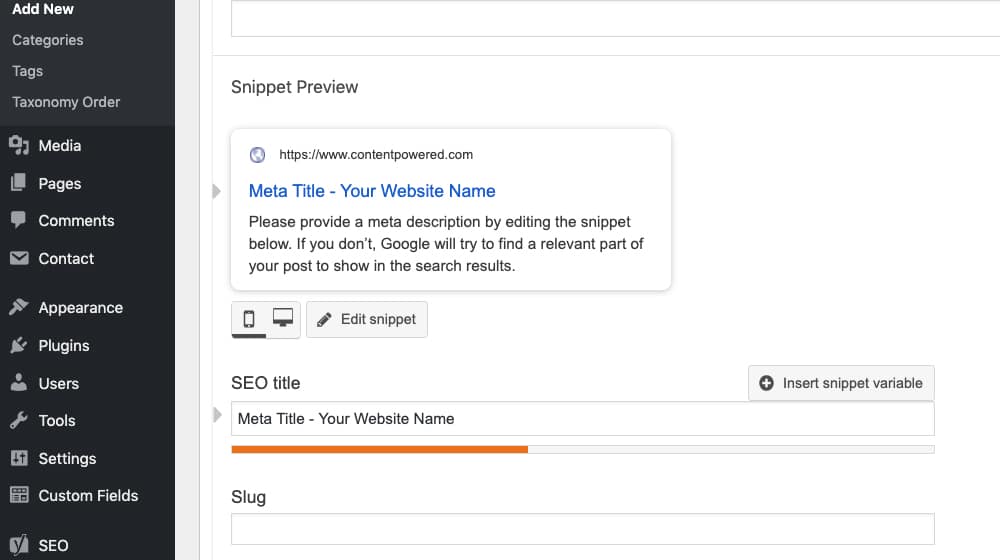
Image alt text is more important for two reasons. The first is Google's indexing. They have image parsing tools, but they're nowhere near good enough to be part of the algorithm yet, so Google relies on the descriptions you give to help them out. The second is accessibility; if an image doesn't load or a user is using a screen reader, images are blank unless you provide alt text.
Canonical tags are important if you have several product variations with identical content. This allows you to tell Google which one to consider so that your website isn't hurt by the duplicate content.
Your metadata isn't just for your homepage, either; you should spend time optimizing every product on your site.
11. You're Not Using Schema Markup
Schema.org has an entire section of structured data for eCommerce sites. What is it, though? If you don't know, schema markup is a way of adding rich data markup to data on your page, so search engines (not just Google) can correctly identify it. For example, you add a "price" snippet to the price of an item, so every system like Google Shopping can correctly identify the price, rather than guess which number on the page is relevant.
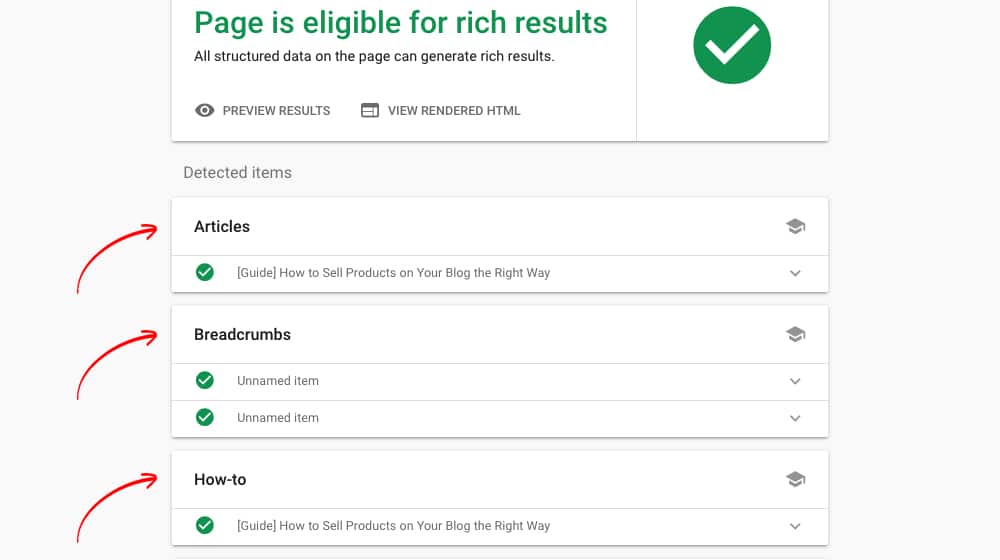
Make sure to add as much schema as you can. It can help you with both your organic searches and your results in shopping systems.
12. Your Page URLs Suck
A lot of older or unoptimized shopping systems use URLs that rely on parameters. You might have URLs like "http://fakestorename.com/product?=31984723942", and that kind of URL has no relevant information in it.

If you change your system so that the product pages have, at minimum, a product name keyword included, it will work out much better for your search visibility.
13. You're Not Reaching the Right People
Being successful with eCommerce means targeting the right people with your marketing. If you aren't doing any marketing or your marketing is off-base, you're probably not going to reach the people who would be most interested in your store or your products. That means you have a worse projected quality score for your ads, a worse user experience, and a worse bounce rate.

All of this can hurt, especially over time. Make sure you know who your audience is and how to reach them.
14. Your User Experience Needs Work
How obvious is it what a user needs to do to purchase? I've seen a surprising number of eCommerce sites that make it distressingly hard to tell where on the page the "buy" button is.

I can tell you for sure that most people, presented with that confusion, will find a different store rather than hunt for a button.
15. Your Site Isn't Secure (Or Doesn't Feel Secure)
Trust signals are an essential part of modern eCommerce. With all the store data breaches that happen every year, companies need to spend time to make their websites secure. Use SSL to get that lock in the address bar.

Add trust seals or badges to your site, as relevant. Ensure that your checkout process is secure. Add signs of security like a privacy policy, contact information, and GDPR compliance. All of these are very important for conversion rates and Google's trust in your site.
16. You Aren't Tracking Goals and Progress
You came to this page claiming that your products aren't ranking, but do you know that for sure? Even if they don't appear in the SERPs for your primary Google search keywords, they could still be showing up on product aggregators, price comparison sites, Google Shopping, and other locations that are still useful.
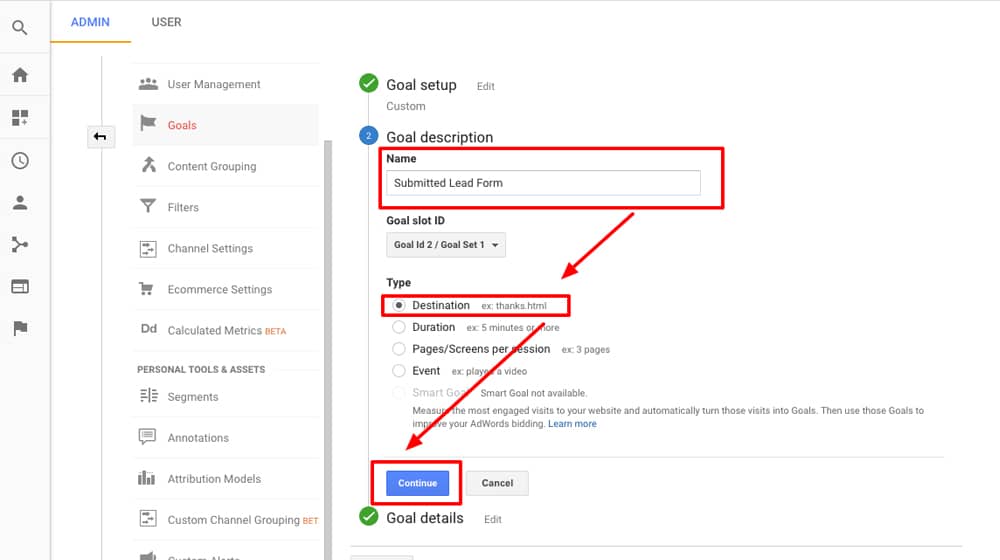
If you aren't tracking your goals, you won't know whether or not you're succeeding or if any changes you make have any impact.
17. Your Expectations are Unrealistic
What are the chances that you'll rank in the top three for your product? For most smaller online businesses, virtually zero. Pretty much every product is sold by other companies, and you have to beat out those companies.
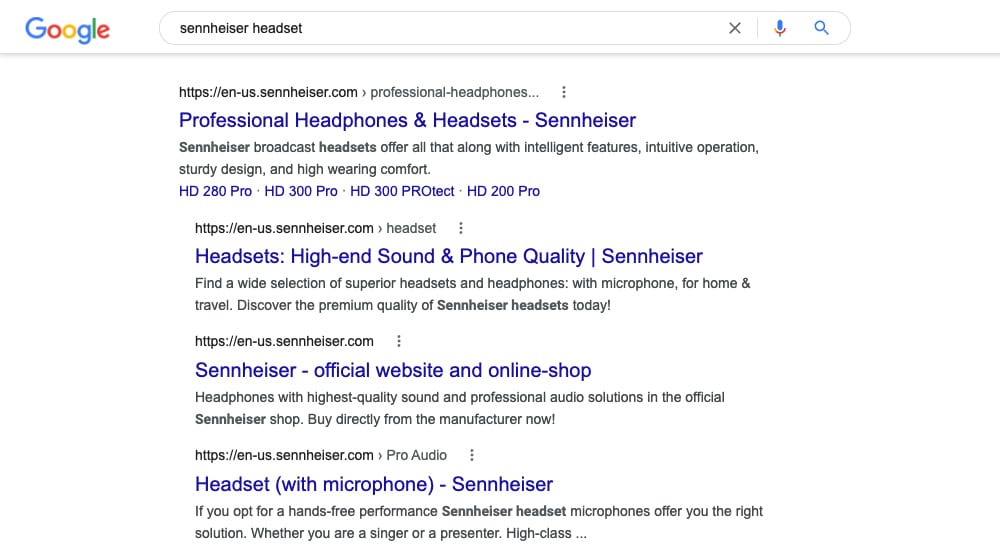
Unfortunately, those companies include:
- The original manufacturer. The manufacturer usually has the oldest page, which was indexed before your site. They also have unique content and the best chance of ranking at the top.
- Big-name sites that sell it. Amazon, Walmart, Target; big stores will always take top spots if they sell the product or anything like it.
- Larger sites. In terms of eCommerce SEO value, any website that is larger than yours theoretically has a better chance of ranking than you will.
The competition means most eCommerce sites can hope for being somewhere in the 5-10 range on the first page. If you're hoping to hit #1, you better be able to compete.
18. You're Looking at the Wrong Keywords
Sometimes, the main keyword you're looking to rank for is out of your reach, but your products rank well for other keywords. Every page on the internet can potentially rank for dozens or hundreds of keywords, and the big obvious ones aren't always the ones you want to care about. Play around with your keyword research and look for the long-tail keywords you rank for.
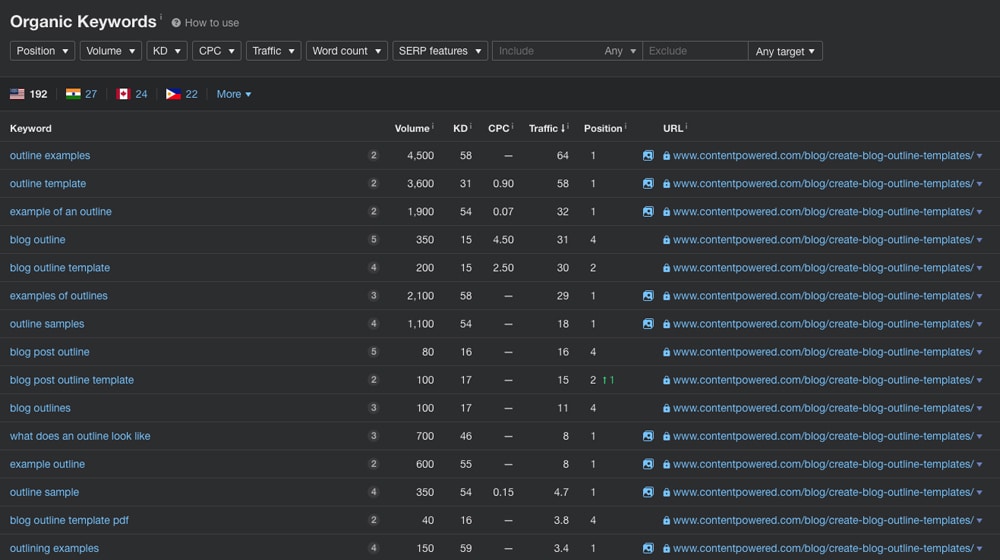
Other times, your target keywords may not have as much traffic volume as you may have thought. You can use SEO tools like Ahrefs or Ubersuggest to estimate keyword volume and get an idea of which products and keywords are working for your competitors. Just be wary of keyword-stuffing; you don't want to over-optimize your pages and make them sound like they were written by a robot. Focusing too much on your search terms will have the opposite effect.
The truth is, there are all kinds of reasons why your storefront might not be ranking and getting organic traffic. Providing a generically helpful and comprehensive list can be challenging because it essentially includes every possible mistake you could make in SEO. I've done my best to put together this one, but if you know of an error that you see others make (or have made yourself), please let me know in the comments, and I'll be happy to add it to the list.










Comments